Ultimate Guide to Crochet Techniques
The world of crochet is fascinating! There are so many techniques that I am still learning about and wanted to share in this post! I’m not an expert at crochet, but I wanted to share what I have encountered so far to show that it’s not just coasters and blankets or grandma sweaters! Intricate designs, functional creations (blankets, pillows,etc), fun amigurumi (stuffed toys), are just a few of the creations that we typically see in crochet but there is so much more out there and so many more techniques.
As a beginner, I recommend starting with the basics. Once you master the basic stitches/techniques, you can start integrating more stitch options from the Intermediate category and work your way up to advanced techniques. Keep an eye out for patterns in your current skill level to hone your crochet skills before moving to the next set of techniques.
Practice tension while working through different patterns and techniques. Try out different yarns to see which you prefer for your projects (your stitches may look different between various yarn types and sizes).
DISCLOSURE: This post contains affiliate links, meaning if you click on a product or service, and decide to purchase it, I may receive a commission at no extra cost to you. All recommended products and services are based on my experience with them. For more information, please read my Disclaimer.
Basic Crochet Techniques
1. Chain Stitch (ch)
Used to start most crochet projects, chain stitches are used as the starting/base row for many patterns. It's the most basic technique and helps you set the width of your project.
2. Single Crochet (sc)
A stitch that creates a dense, tight fabric. It's perfect for:
- Amigurumi
- Hats
- Washcloths
- Potholders
3. Double Crochet (dc)
A “taller” stitch that creates a more open and flexible fabric. Commonly used in:
- Afghans
- Sweaters
- Shawls
- Lightweight clothing
Intermediate Crochet Techniques
4. Slip Stitch (sl st)
Used to move across stitches without adding height, often for:
- Joining rounds
- Joining different sections of a project
5. Half Double Crochet (hdc)
The height of the half double crochet falls between the heights of the single and double crochet stitches. Great for:
- Medium fabric density
- Quicker project completion
6. Treble Crochet (tr)
A very tall stitch that creates a lace-like fabric. Ideal for:
- Lightweight scarves
- Summer clothing pieces
- Certain types of decorative throw blankets
Advanced Crochet Techniques
7. Tunisian Crochet
A unique design that combines both knitting and crochet attributes. (I just started dabbling in this and love it!)
8. Overlay Crochet
A technique where stitches are worked over rows you’ve already done
9. Color Changing (examples)
- Stripes – each individual row is a single color, but you alternate with other color(s) through the entire project
- Tapestry – using multiple colors in a single row to create designs/patterns
- Fair Isle crochet – Like tapestry crochet but the design is not double sided and unused yarn “floats” on the back of your work
- Intarsia crochet – uses bigger blocks of color as a color work techniques
Specialty Crochet Techniques
10. Granny Square Method
A classic technique for making:
- Blankets
- Decorative squares
- Patchwork projects and patterns
(There are also hexagon patterns that work up just like granny squares!)
11. Dimensional Crochet (examples)
Techniques to add depth and texture:
- Popcorn stitch
- Alpine stitch
- Shell stitch
- Puff stitch
(it’s impossible to list all of them here!)
12. Joining Techniques (examples)
- Slip stitch joining
- Whip stitch
- Invisible join
Finishing Techniques
Blocking
Washing and stretching a project to even it out and improve it’s shape.
Weaving in Ends
Techniques to secure loose yarn ends also include using a tapestry/darning needle to weave yarn through existing stitches. Sometimes just cutting the excess yarn isn't enough to keep it from unraveling. Creating invisible finishes that don’t come apart are highly recommended.
Also I’ve said this in earlier posts and I can’t stress this enough…..check out YouTube for tutorial videos for anything you get stuck with. Try different videos to figure out which style of teaching works best for you. I personally prefer watching videos of stitch demonstrations for more complicated designs and stitches.
This is not an exact list of all the different crochet techniques. Yet, it further proves that the possibilities are limitless in crochet design. This can give you more ideas for your next project! Remember to be patient with yourself as you are learning and have fun!
RELATED: 7 Foolproof Beginner Crochet Projects
Crochet: How To Start As A Beginner
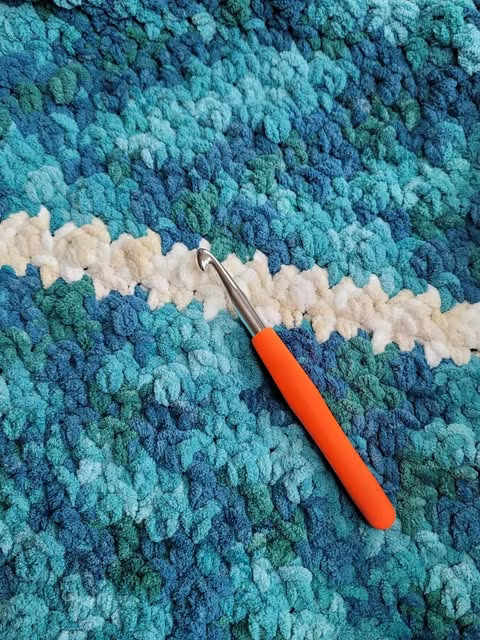
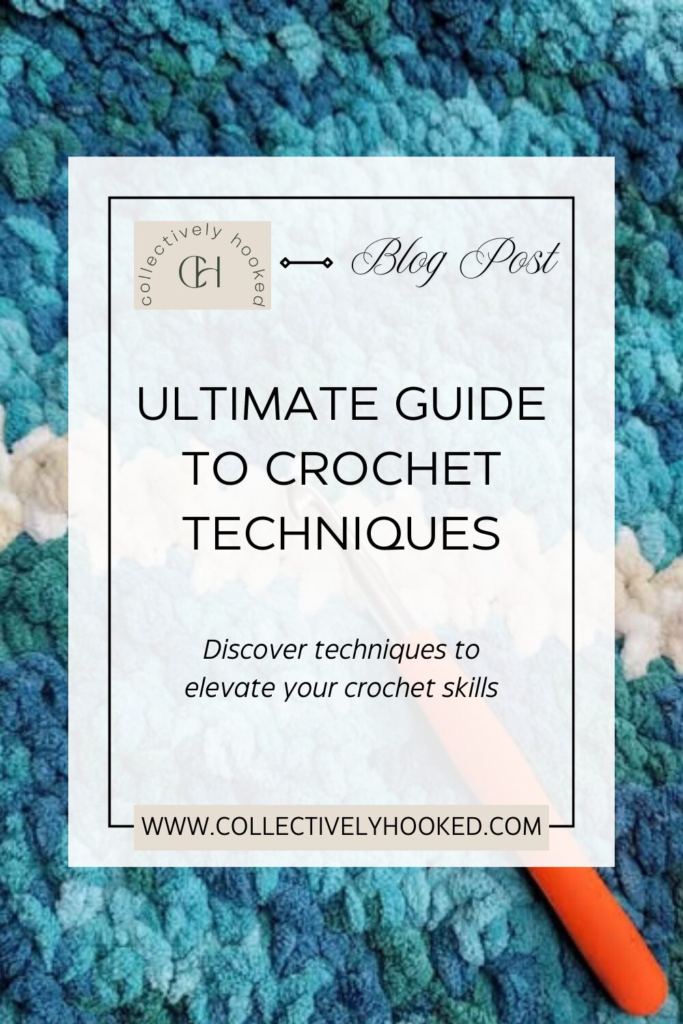
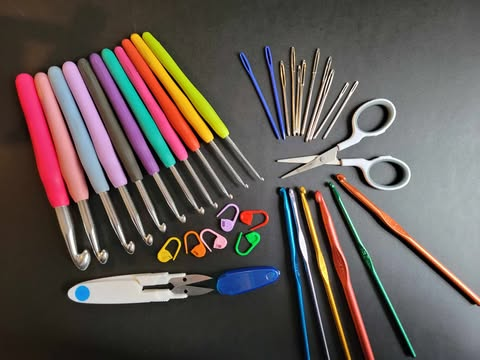
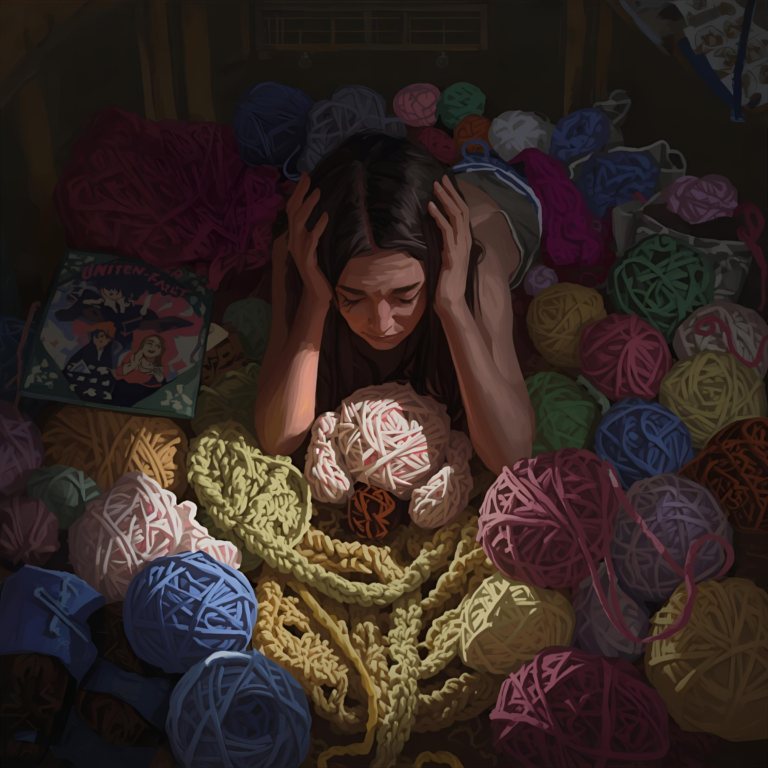


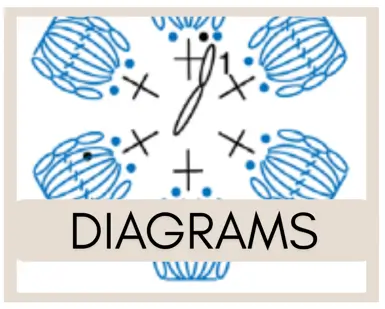

My grandmother taught me to knit when I was little and I loved it. It’s been so long since I’ve touched a ball of wool, but your article has made me want to get back into it and try crochet too.
Thanks for sharing!
Isn’t that the best though? It can be such a memorable moment learning from a family member! My aunt taught me and now I’m teaching HER new things! If you get back to it, keep me posted on your projects!
Such great tips! Securing yarn ends properly can make all the difference, especially if you want your work to last. And yes to YouTube! It’s such a game changer when you’re stuck or trying to learn a tricky stitch. Love how you highlight the creativity in crochet!
Thank you!
This has been something I always wanted to do but being a guy it’s looked down at. Well now I’m older and don’t care! Thanks for the tips!
Oh my goodness! Who the heck cares if you are a guy! Stay tuned because I was planning to post about male crocheters! I’ve been compiling a list. That will give you lots of inspiration!
I have always wanted to learn to crochet. Thanks for spelling out the different techniques so clearly for us. I’m pinning this for later.
Glad to help! Check out the other posts for more guidance on how to get started!
The closest I’ve ever gotten to crocheting was latch hooking — I think that’s what it’s called. When I was younger, I had this tiger kit. I used to pull short, pre-cut yarn pieces through a mesh canvas to make a picture of a tiger. It was so fun! The various techniques you described make me want to explore crocheting.
Yes that is latch hook, it’s a great way to ease into yarn crafts. There are still latch hook kits out there at craft stores too, but if you ever decide to try crochet keep me posted on your progress!
I love your posts! My grandmother taught me to crochet decades ago, but I never got good at it. You inspire me to give it another try!
Crochet does take practice and patience but the craft has evolved so much! There are so many fantastic paid and free patterns out there to try and yarn is not hard to find! If you decided to give it another try, the crochet community is very welcoming and we’d love to have you back!
I always enjoy your posts! I’m a beginner. My grandmother taught me a limited amount of crocheting before she died, and reading your posts has helped me expand my crocheting knowledge to the point where I might actually be able to make something!
I’m so happy that you’re gaining confidence to give it a try again, that’s fantastic! It’s such a wonderful hobby that can be shared with anyone willing to learn! Keep me posted on what you try and let me know if you run into any trouble with anything. Would be happy to help!